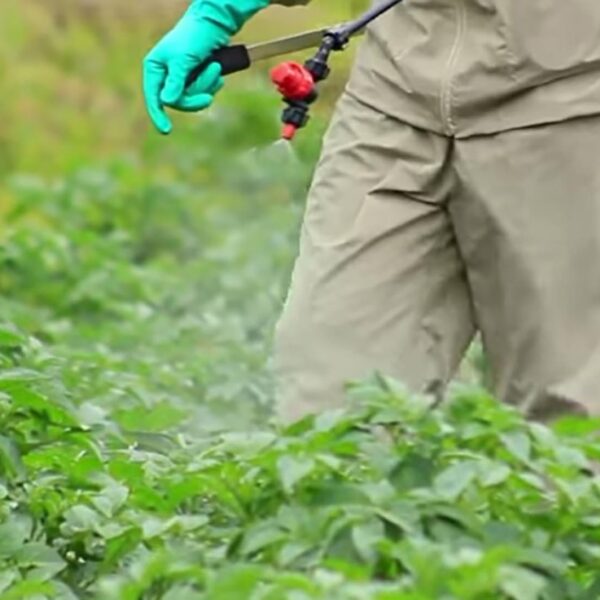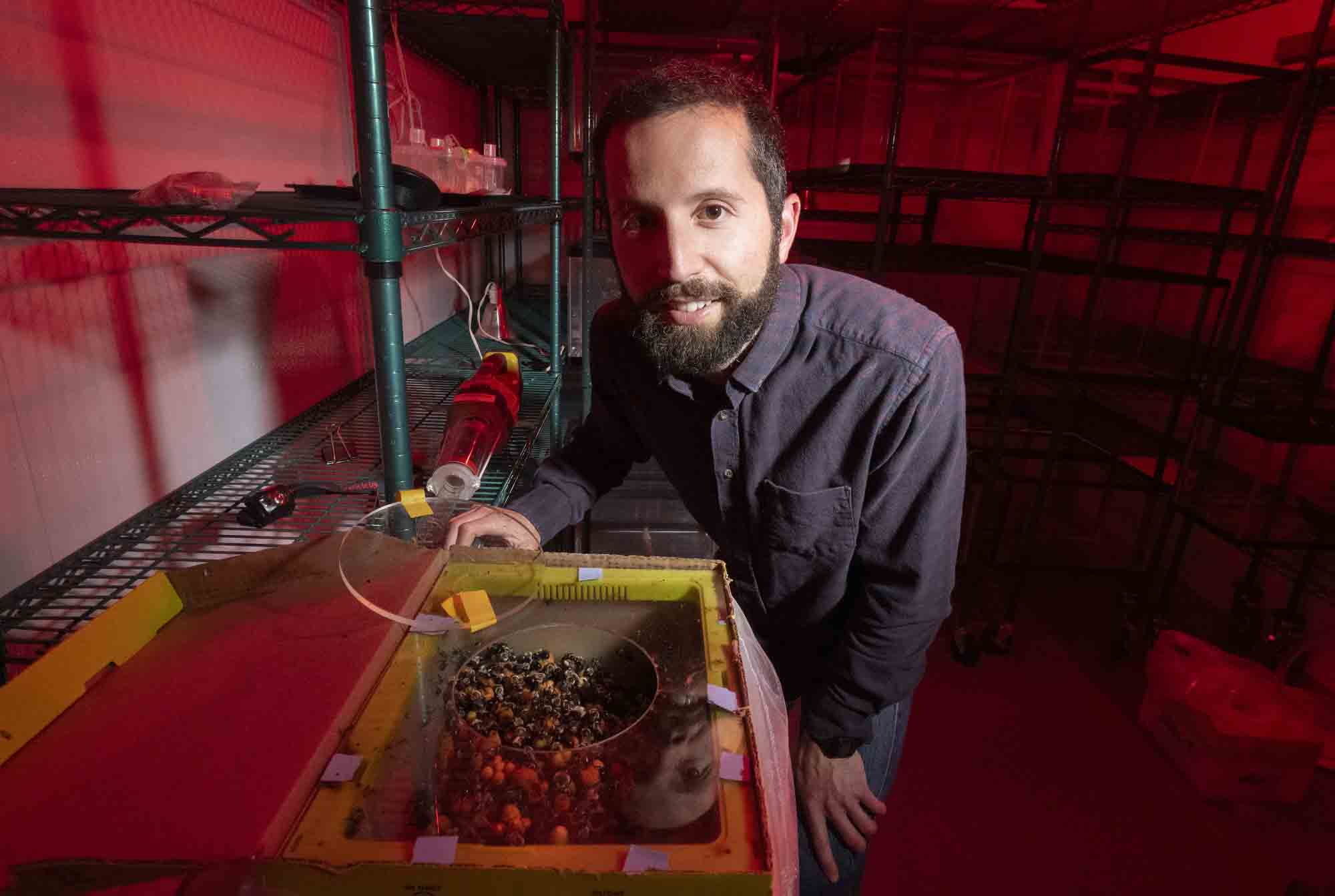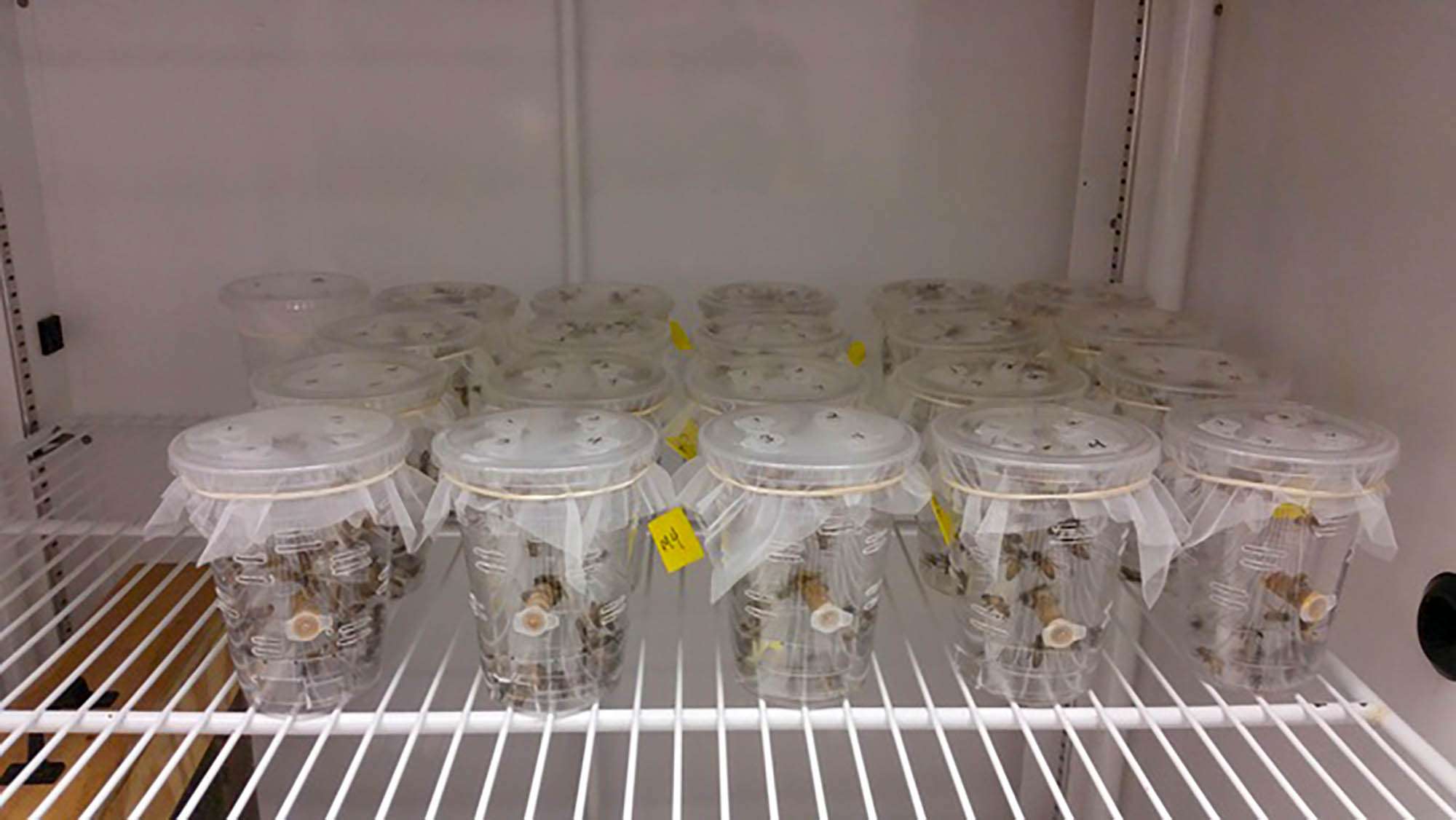Solitary bees are more affected by human-induced habitat loss than their social insect species, a new study suggests.
Researchers at the University of Bristol in the United Kingdom found that social bees such as honeybees and bumblebees venture further for pollen and nectar than the various solitary pollinators.

There are more than 20,000 different bee species in the world. While the western honeybee (Apis mellifera) might be the best-known pollinator, the vast majority are solitary types like mason bees and carpenter bees.
Lead author Dr Christoph Grueter and his fellow researcher Lucy Hayes think that their findings could have implications for creating effective conservation strategies for insects and plants.
While large bees such as the bumblebee have greater foraging ranges as they benefit from their bigger wingspan, bees from big colonies will experience more competition from their peers if they stay close to the nest. To avoid congestion, they have to travel further.

Since social bees have evolved different kinds of communication methods, they are capable of informing their fellow colony members about having found a highly rewarding plant. As a result, more bees will have a preference for the same kind of flower.
Dr Grueter said: “Our findings suggest that solitary bees might be most affected by human-caused habitat loss and fragmentation because they will struggle more to find suitable food sources at greater distances.
Dr Grueter – who is a senior lecturer at Bristol University’s School of Biological Sciences – explained: “Social bees might be particularly important for the protection of endangered plant species that exist only in isolated patches.
“Since many social bee species can be kept in hives, we could use our understanding of their foraging ranges in targeted ways to aid the pollination of plants in remote areas.”
The study’s findings – which have been published in Current Biology – could have severe implications for the protection of bees and the conservation of endangered plants they pollinate.
In their examination, the Bristol University researchers used coding to build a simulation model in combination with published literature to find data on the foraging ranges of 90 bee species.
They also developed an agent-based model to determine how dietary, social and environmental aspects influence the different species’ foraging ranges.

Dr Grueter said: “Since there will be a big international push for reforestation and rewilding, this will help us understand how reforestation and rewilding projects might affect and be affected by different pollinator groups.
“Their social lifestyle means that bee colonies collect food over a much larger area than solitary bees. This helps us to plan effective conservation strategies to help both bees and the plants they pollinate.”










